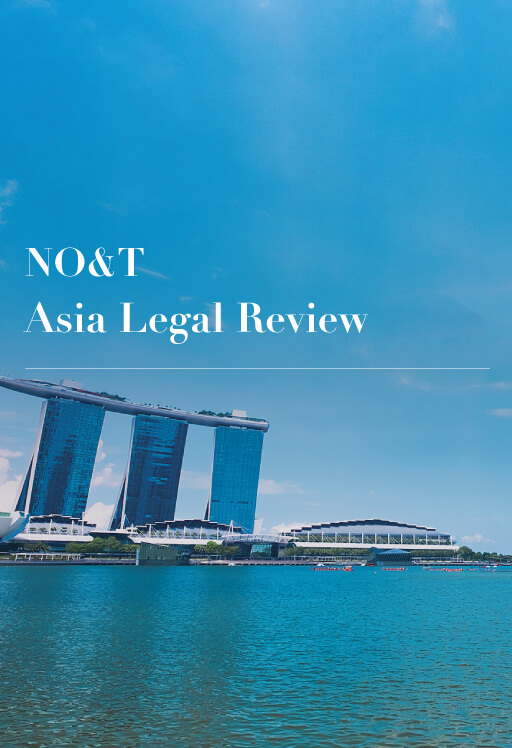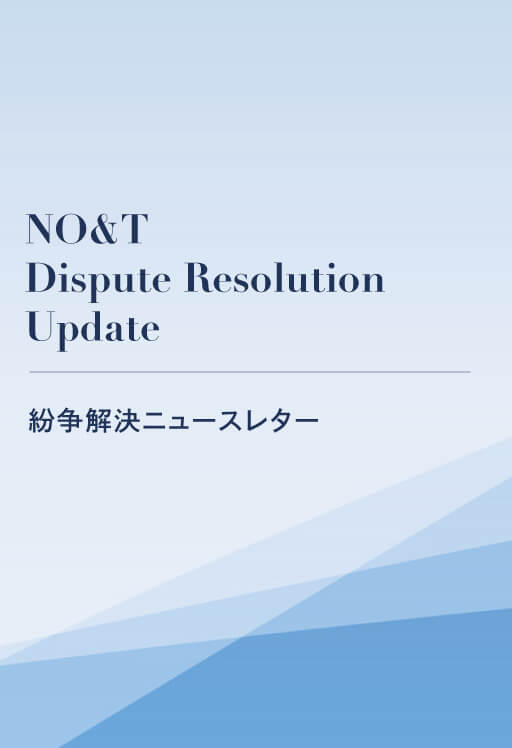
NO&T Asia Legal Review
On June 14, 2025, Vietnam’s 15th National Assembly officially passed the Law on Digital Technology Industry (“DTI Law”), marking the country’s first comprehensive legal framework dedicated to the digital technology sector. The law covers key areas such as semiconductors, artificial intelligence (AI), and digital assets.
DTI Law has promptly institutionalized many aspects of Resolution No.57-NQ/TW and Resolution No.68-NQ/TW of the Politburo, such as incentives and support for the development of digital technology enterprises, developing high-quality workers and digital technology talents, developing essential digital technology infrastructure, supporting innovative startups and building a legal framework for sandbox mechanisms to pilot emerging technologies. The policies outlined in the DTI Law are designed to help Vietnam achieve several ambitious goals, including:
The DTI Law applies widely to both Vietnamese and foreign agencies, organizations, and individuals involved in or connected to digital technology activities within Vietnam. This law will take effect on January 1, 2026, while certain provision related to the investment incentives and support policy for digital technology activities have commenced from July 1, 2025.
DTI Law introduces, for the first time in Vietnam, a comprehensive set of legal definitions for key components of the digital economy. Among other things:
The law provides comprehensive support policies for technology enterprises, including the development of shared digital infrastructure, encouragement of innovative startups, and talent training.
The law allows businesses to test new digital technology products and services in a controlled and supervised setting. The organizations, businesses, and individuals involved in the test will be exempt from liability. By easing some legal requirements for a limited time, the law encourages experimentation and helps develop new technologies. It also lets policymakers understand the potential effects and improve regulations before larger-scale implementation, creating a more flexible environment that supports.
The text emphasizes not only the importance of policies that encourage the development and application of AI but also the need for monitoring and risk management of AI systems.
The DTI Law establishes criteria for identifying high-risk and high-impact AI systems. High-risk AI systems are those that, in specific use cases, could potentially cause serious harm to human health, fundamental rights, public interests, or social order and safety. On the other hand, high-impact AI systems are characterized by their large multifunctional use, a large user base, a large number of parameters, and a large volume of data. However, the law does not provide clear quantitative thresholds for what constitutes “large” in terms of users, parameters, or data.
To ensure the safe and responsible use of AI systems, both categories must meet strict requirements for monitoring, technical standards, transparency, data governance, and cybersecurity. The government will outline these standards for each sector, and businesses must implement appropriate measures when using AI in their operations.
AI systems that interact directly with humans must clearly notify users that they are engaging with an AI system, unless the interaction is so obvious to the user that it is not necessary to do so. Additionally, digital technology products generated by AI—classified under a list issued by the Ministry of Science and Technology—must carry identifiable markers that can be recognized by users or machines. The Ministry is also responsible for issuing this list and overseeing compliance with these identification requirements.
For the first time in Vietnam’s legal system, digital assets are recognized as a legitimate type of asset, marking a significant advancement in establishing a legal framework for the digital economy. The DTI Law specifically states that “digital assets are assets as defined under the Civil Code,” which means that digital assets can now be legally owned, transferred, inherited, and are protected under civil rights in Vietnam.
The law differentiates between various categories of digital assets:
It is important to note that, under this law, digital assets do not include securities, digital forms of fiat money, and other financial assets as prescribed by civil laws and financial laws.
The law authorizes the government to develop regulatory mechanisms for digital asset-related activities. This is part of Vietnam’s effort to enhance transparency and comply with international anti-money laundering standards, with the goal of being removed from the Financial Action Task Force’s (FATF) Grey List.
In this regard, along with the recognition of crypto assets in the law, on September 9, 2025 the Government of Vietnam issued Resolution No. 05/2025/NQ-CP, which took immediate effect, launching a five-year sandbox mechanism for the crypto asset market. This resolution establishes regulations for the pilot implementation of offering, issuing, trading, and providing services related to crypto assets. Among other provisions:
The DTI Law is an important step in Vietnam’s effort to become a leading digital economy. It shows Vietnam’s goal to be a regional technology hub, with the digital technology industry as a key part of the economy instead of just a support system. This law helps promote innovation and sustainable growth in the digital sector. However, it is just the start. To be truly effective, the government still needs to provide more detailed regulations and clear guidance.
This newsletter is given as general information for reference purposes only and therefore does not constitute our firm’s legal advice. Any opinion stated in this newsletter is a personal view of the author(s) and not our firm’s official view. For any specific matter or legal issue, please do not rely on this newsletter but make sure to consult a legal adviser. We would be delighted to answer your questions, if any.


Hoai Truong


(August 2025)
Keiji Tonomura, Yoshiteru Matsuzaki (Co-author)


(July 2025)
Ryo Okubo, Yu Takahashi, Uchu Takehara, Naoto Obara (Co-author)


(June 2025)
Keiji Tonomura, Yukiko Konno, Minh Thi Cao Koike, Yoshiteru Matsuzaki (Co-author)


Hoai Truong


(August 2025)
Keiji Tonomura, Yoshiteru Matsuzaki (Co-author)


(June 2025)
Keiji Tonomura, Yukiko Konno, Minh Thi Cao Koike, Yoshiteru Matsuzaki (Co-author)


(April 2025)
Keiji Tonomura, Akira Komatsu (Co-author)


Supasit Boonsanong, Thananya Pholchaniko, Phareeya Yongpanich (Co-author)


Patricia O. Ko


Claire Chong, Nozomi Kato (Co-author)


Yuan Yao Lee


Supasit Boonsanong, Thananya Pholchaniko, Phareeya Yongpanich (Co-author)


Patricia O. Ko


Claire Chong, Nozomi Kato (Co-author)


Yuan Yao Lee


Hoai Truong


Ngoc Hoang


Long Nguyen


Nga Tran